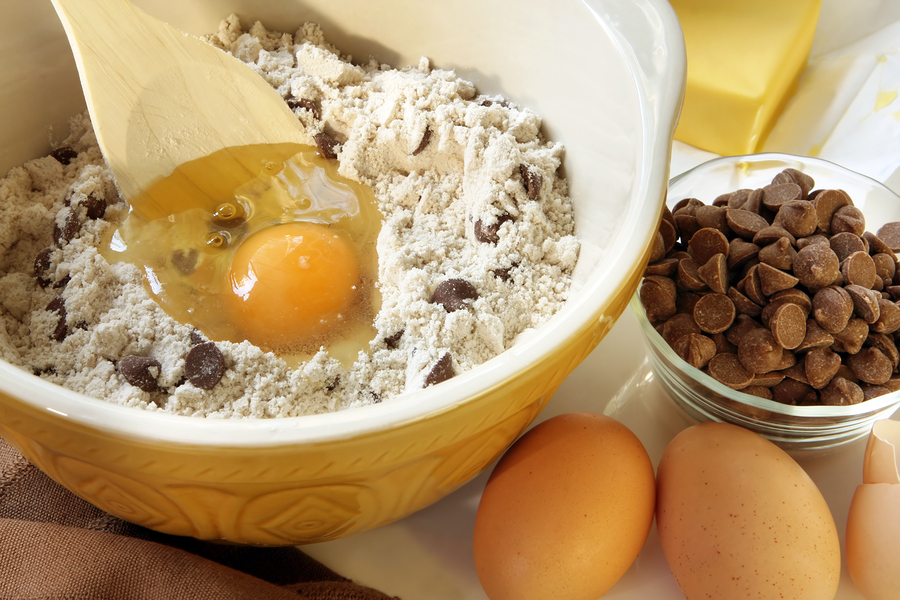Common baking mistakes – and how to solve them
Say goodbye to soggy bottoms – the most common baking disasters might be simpler to fix than you think.
When the pressure is on in the kitchen, here’s the tips and tricks you need to avoid those age-old baking mistakes.
Sunken cake
Just a few minutes can be the difference between a perfect bake and an overdone lump – no wonder the Bake Off bakers watch the oven so carefully.
Opening and closing the oven frequently causes the temperature to fluctuate and can cause your bake to collapse before it’s done. The early part of the bake is particularly important – preheat your oven in full and make sure it’s the proper temperature before you put your bake in. Resist the temptation to open the oven door and check until the final moments of cooking.
Dense cookies and cakes
If your bakes come out feeling heavy and dense it could be a problem with the flour. Many recipes call for a measure of sifted flour, and though it may seem insignificant, adding air to the mixture will help it come out light and fluffy.
Another common mistake is over-beating the mixture; too much stirring will activate the gluten and make your final bake denser. As a rule, stir wet and dry ingredients only until they are just combined to keep the final product at the right consistency.
Domed cake
The most common reason a cake will come out with a domed top is because a baking dish is too small. If the bake doesn’t have enough room to expand in the pan it will push upward and bake unevenly.
Oven temperature can sometimes cause the same problem – if the oven is too hot it will cook too quickly and won’t come out level. If this happens, simply level the top with a knife and flip it upside down before icing.
Soggy bottoms
Muffins and tray bakes occasionally suffer from a soggy bottom when moisture condenses at the bottom of the pan. To avoid this, make sure bakes are cooked through and then remove them from the tray to finish drying on a wire rack. The air circulation will help them dry evenly and avoid any unwanted wetness.
Thin biscuits
If your biscuits are prone to spreading in the oven and come out looking a bit thin, it could be a problem with your butter. Most recipes call for softened butter and many of us simply put it in the microwave to speed up the process.
Overly soft butter will make your cookies spread during baking and won’t cream properly when you use it in a cake mixture – if you need to speed up the softening process, cut the butter into small chunks and leave it beside a warm oven for a few minutes instead.
Alternatively, you can also chill the dough before cooking – usually 30 minutes in the fridge is enough to ensure they keep their shape.
What are your top baking tips?
Rachel - Silversurfers Assistant Editor
Latest posts by Rachel - Silversurfers Assistant Editor (see all)
- Easter activities for grandchildren - March 31, 2025
- Songs about Mum for Mothering Sunday - March 26, 2025
- The best of Diana Ross - March 25, 2025
- Elton John’s Greatest Hits Playlist - March 24, 2025
- Find love with Silversurfers Dating - March 20, 2025




















